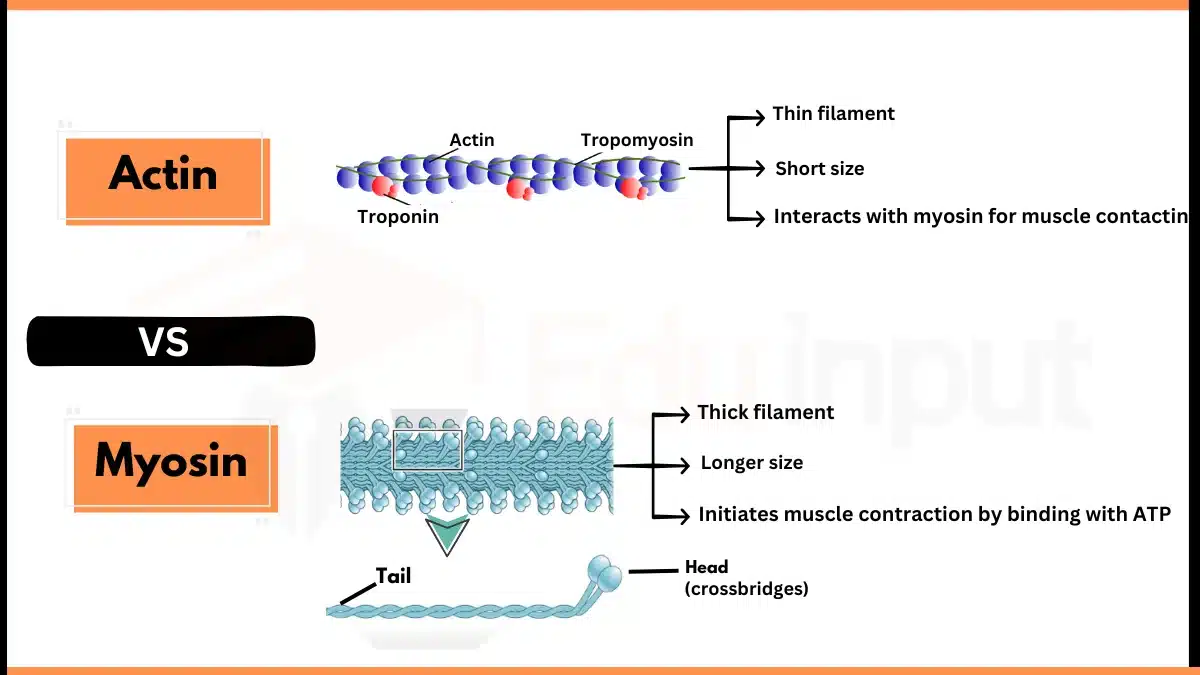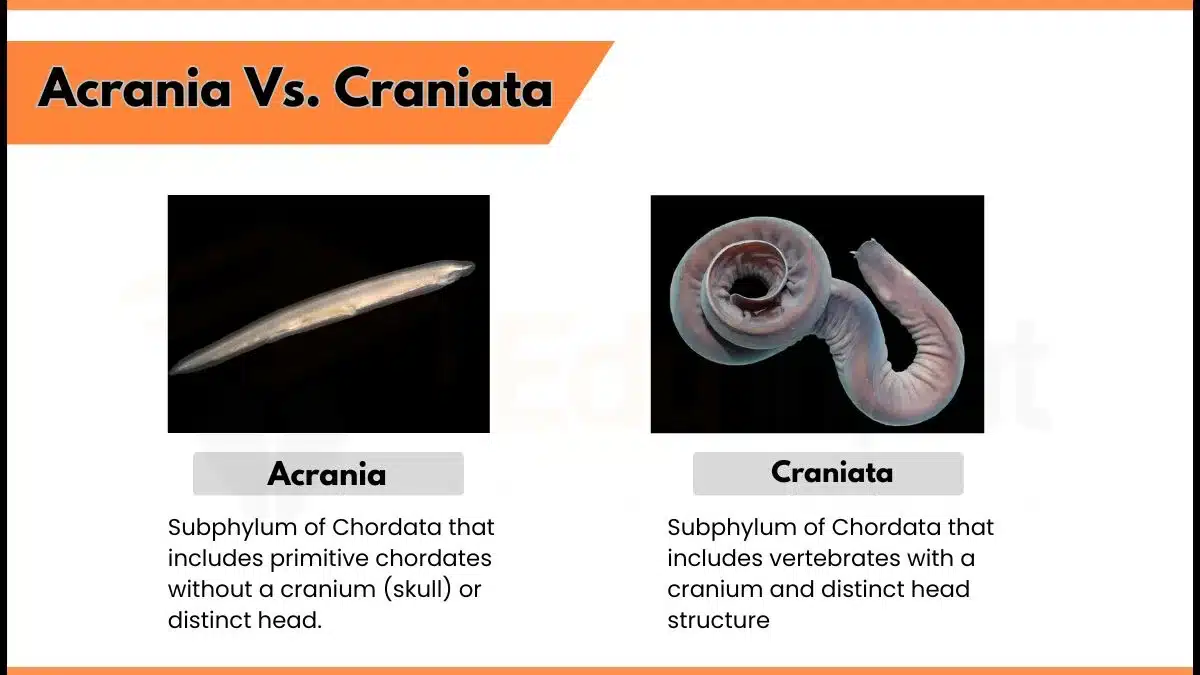Difference Between Autonomic and Somatic Reflexes
Key Difference: Autonomic and somatic reflexes are two types of reflex actions in the human body, but they serve different functions and occur in different parts of the nervous system.

Autonomic reflexes are involuntary and regulate the body’s internal environment by controlling the functions of internal organs, glands, and smooth muscles. These reflexes are part of the autonomic nervous system and include responses like heart rate regulation, digestion, and pupillary response.
Somatic reflexes, on the other hand, involve the skeletal muscles and are responsible for voluntary movements. They are part of the somatic nervous system and include reflexes like the knee-jerk reaction and withdrawal reflex.
Comparative Analysis:
- Controlled Systems:
- Autonomic Reflexes: Control internal organs, glands, and smooth muscles.
- Somatic Reflexes: Control skeletal muscles.
- Voluntary vs. Involuntary:
- Autonomic Reflexes: Involuntary.
- Somatic Reflexes: Voluntary or semi-voluntary.
- Function:
- Autonomic Reflexes: Regulate internal environment, homeostasis.
- Somatic Reflexes: Respond to external stimuli, protect the body.
- Nervous System Involvement:
- Autonomic Reflexes: Part of the autonomic nervous system.
- Somatic Reflexes: Part of the somatic nervous system.
- Examples:
- Autonomic Reflexes: Heart rate adjustment, digestive processes.
- Somatic Reflexes: Knee-jerk reflex, quick withdrawal from pain.
Table Summary of Autonomic vs Somatic Reflexes
| Feature | Autonomic Reflexes | Somatic Reflexes |
|---|---|---|
| Controlled Systems | Internal organs, glands | Skeletal muscles |
| Voluntary/Involuntary | Involuntary | Voluntary/semi-voluntary |
| Function | Regulate internal environment | Respond to external stimuli |
| Nervous System | Autonomic nervous system | Somatic nervous system |
| Examples | Heart rate, digestion | Knee-jerk, withdrawal reflex |
Read Difference Between Tonic and Phasic Receptors







Leave a Reply